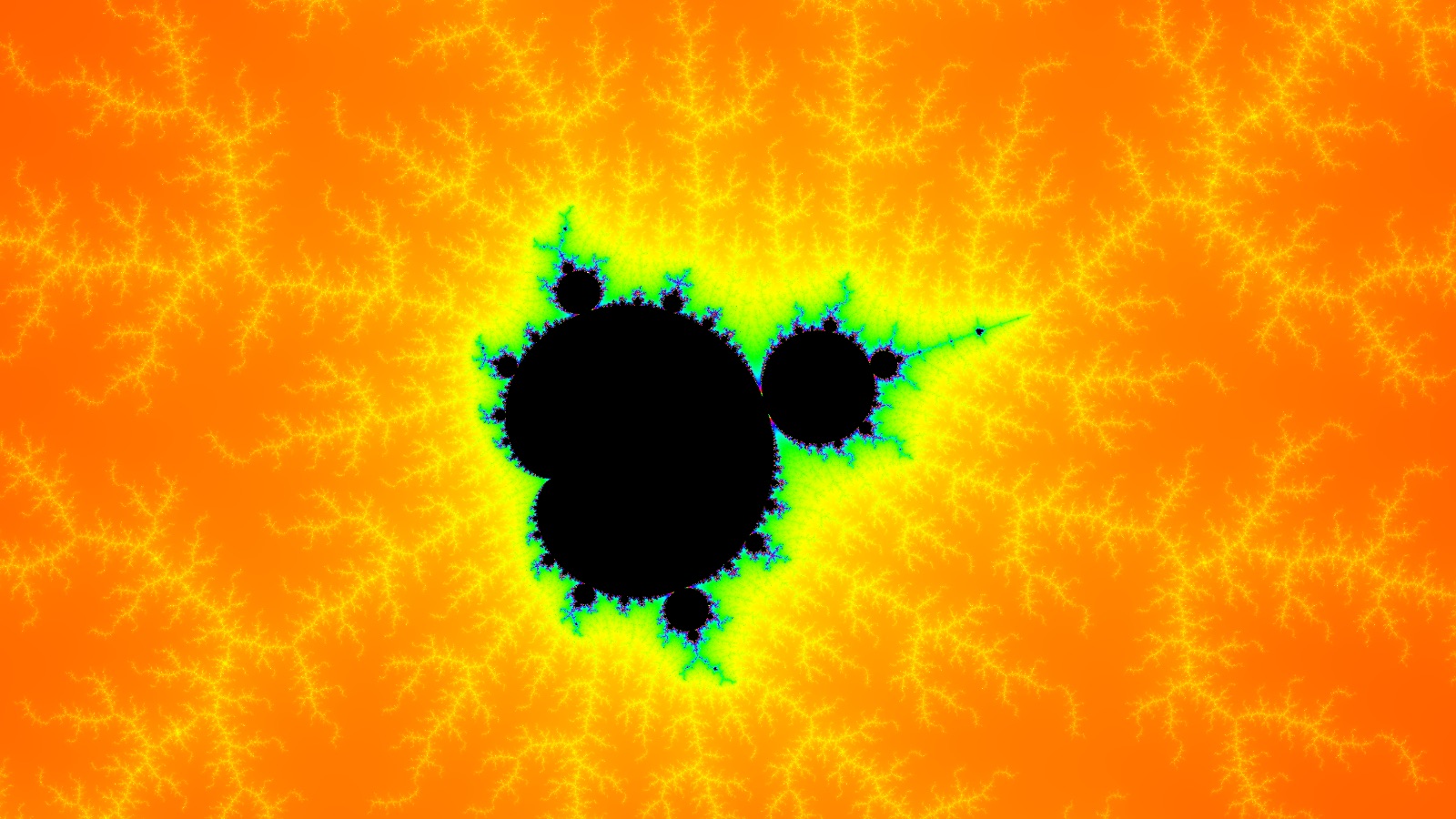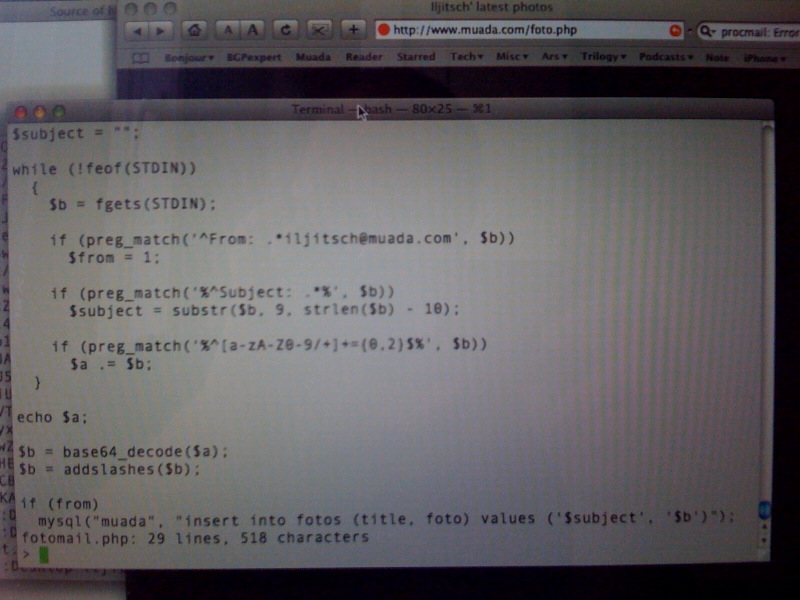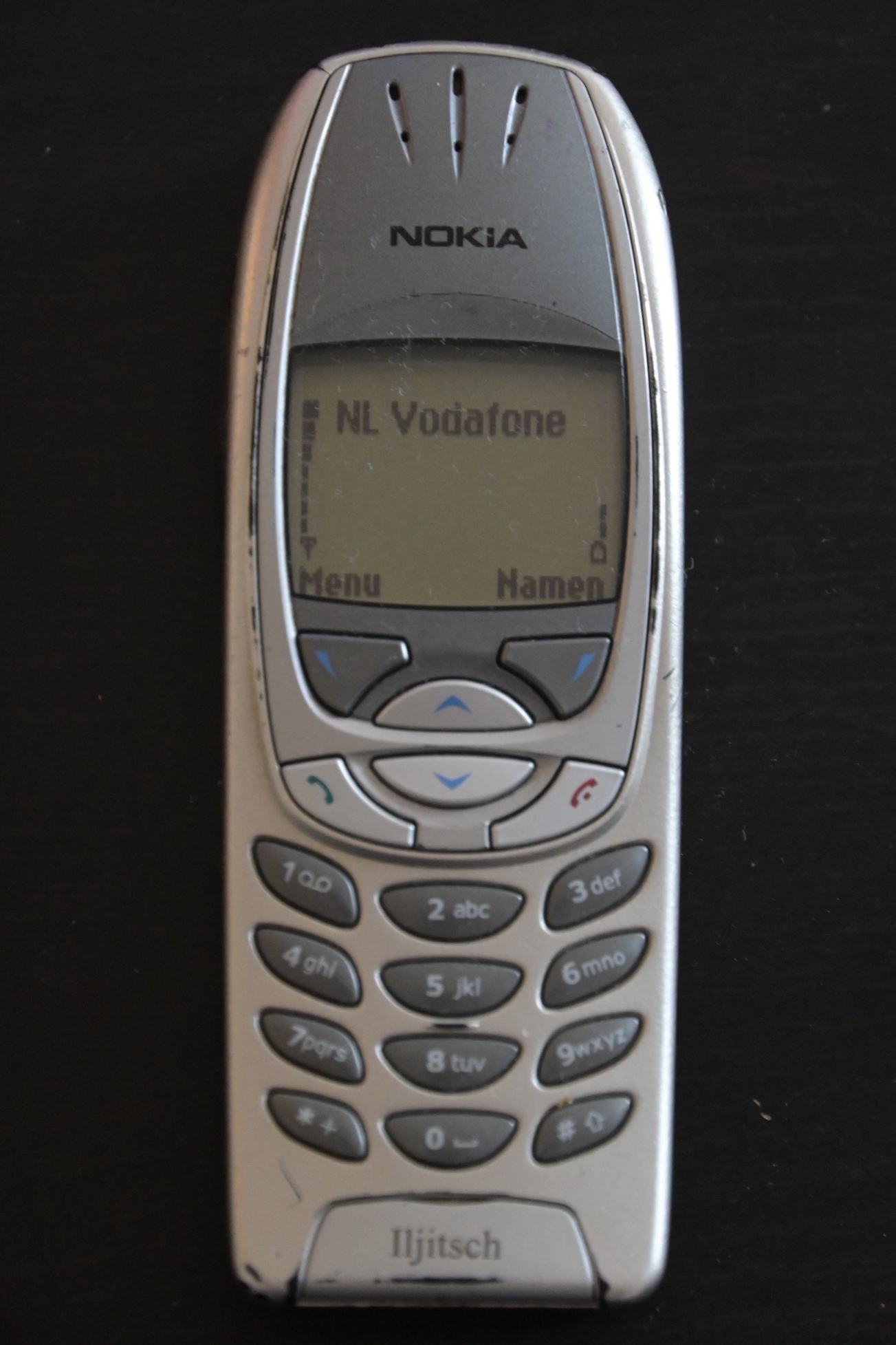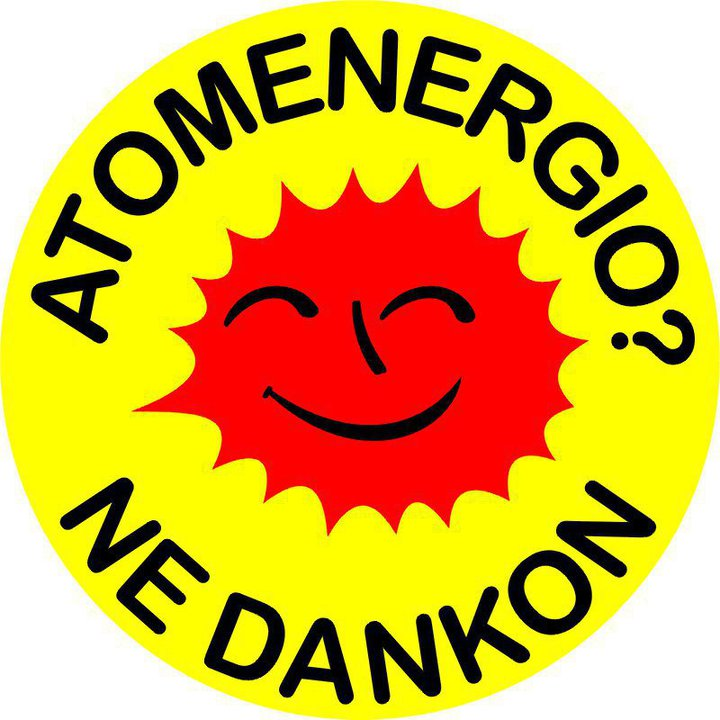’Bad English’ is the world language
▼ On the website of the Dutch newspaper NRC, Ben Tiggelaar writes that 'bad English' is the new world language. In it, he argues that talking with other people who have English as a second language is easier than talking to native speakers.
When I have work-related conversations with Brits, I'm always a little stressed beforehand because of the language. And afterwards I'm more tired than after other conversations. But when I have to talk in English with a group of Spaniards, Chinese or Germans, that doesn't bother me at all.
Personally, I have a somewhat different experience. Within my area of expertise, I know all the English jargon and enough English and American vernacular to talk to native speakers without problems. They also help me elevate my own communication. Outside my area of expertise, this is the case to a slightly lesser degree, but I can hold my own.
When I speak English with people who don't have English as their native language, but speak it reasonably to very well, that doesn't cost me much extra effort to hold back a bit with axiomatic expressions and I feel that I make myself understood without problems and I understand others well.
But speaking English with people who speak the language to a lesser degree takes more effort, as I have to keep thinking about whether what I'm saying isn't too complex.
But one thing is for sure: speaking English with Dutch people is horrible. (Not because they speak it so poorly, but because speaking Dutch is so much easier.)
Permalink - posted 2021-12-08 - 🇳🇱 Nederlandse versie







